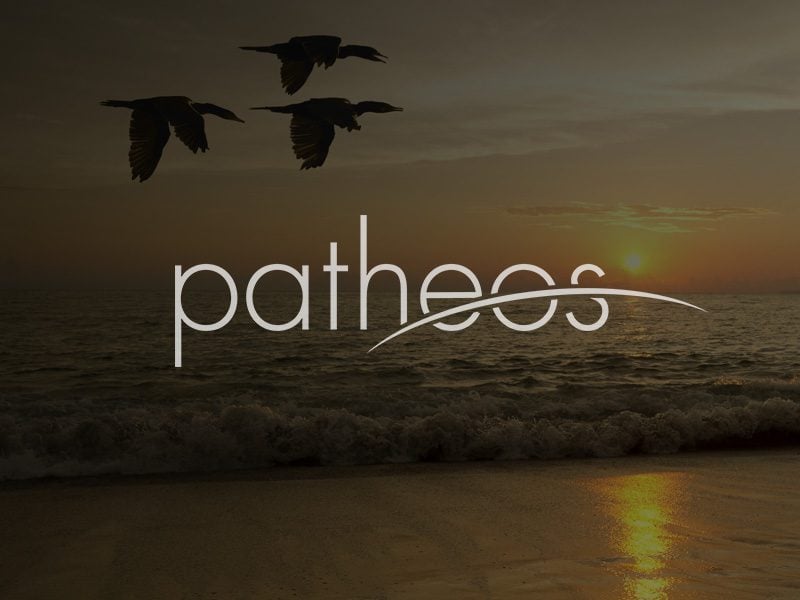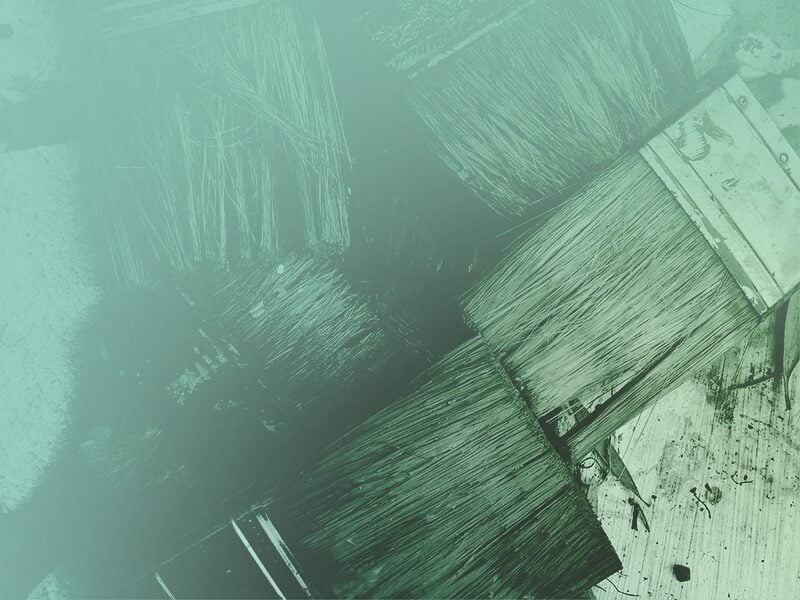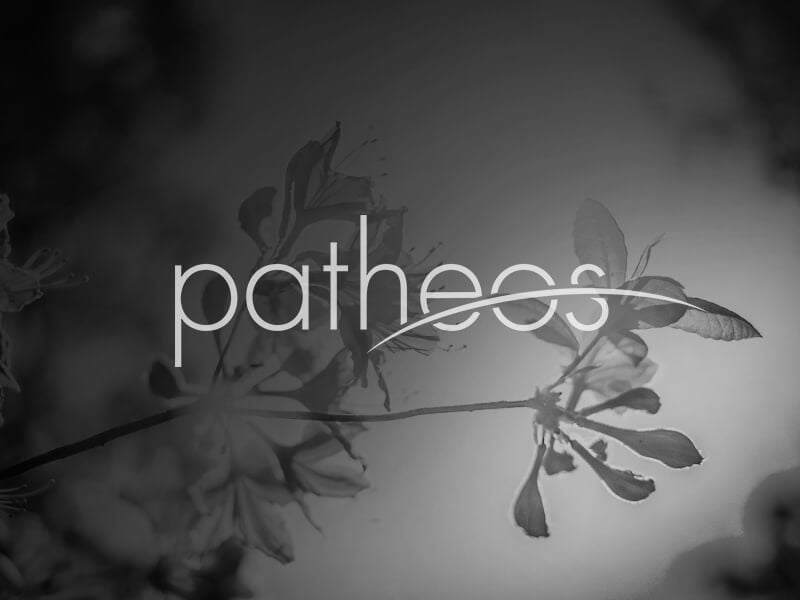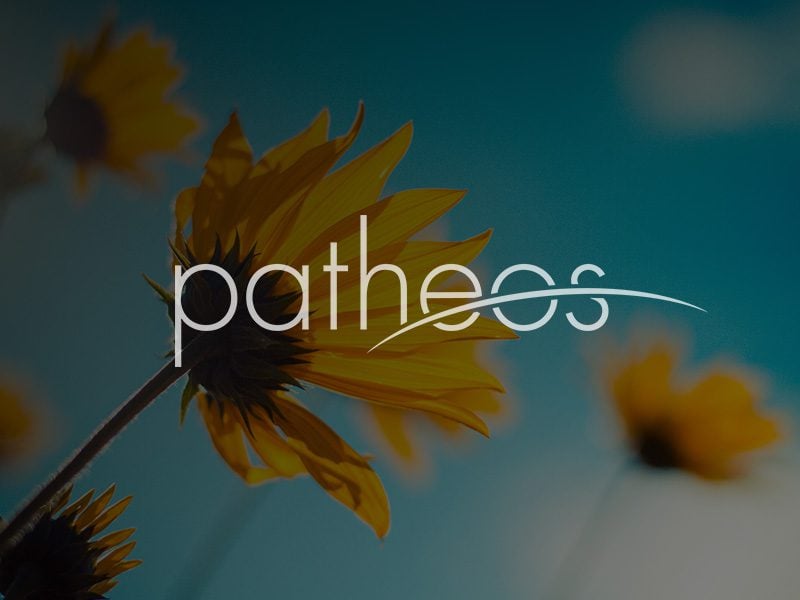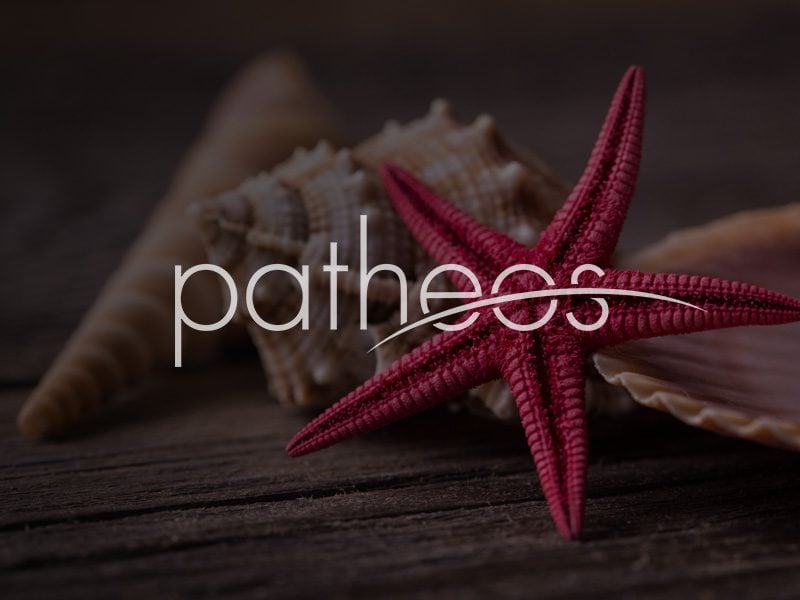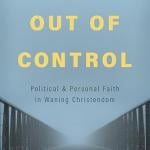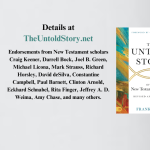I believe that some time ago I made the connection between Derrida’s “supplement at the origin,” tragedy, and conceptions of the relation of nature and culture. In some systems of thought, culture is a “supplement” to nature and participates in all the problems that Derrida brings out with supplementarity. That connection comes out quite explicitly in some Roman poets of the Augustan age, Horace and Virgil. In his 16th Epode, Horace speaks of the “Blessed Fields and Wealthy Isles” where... Read more

